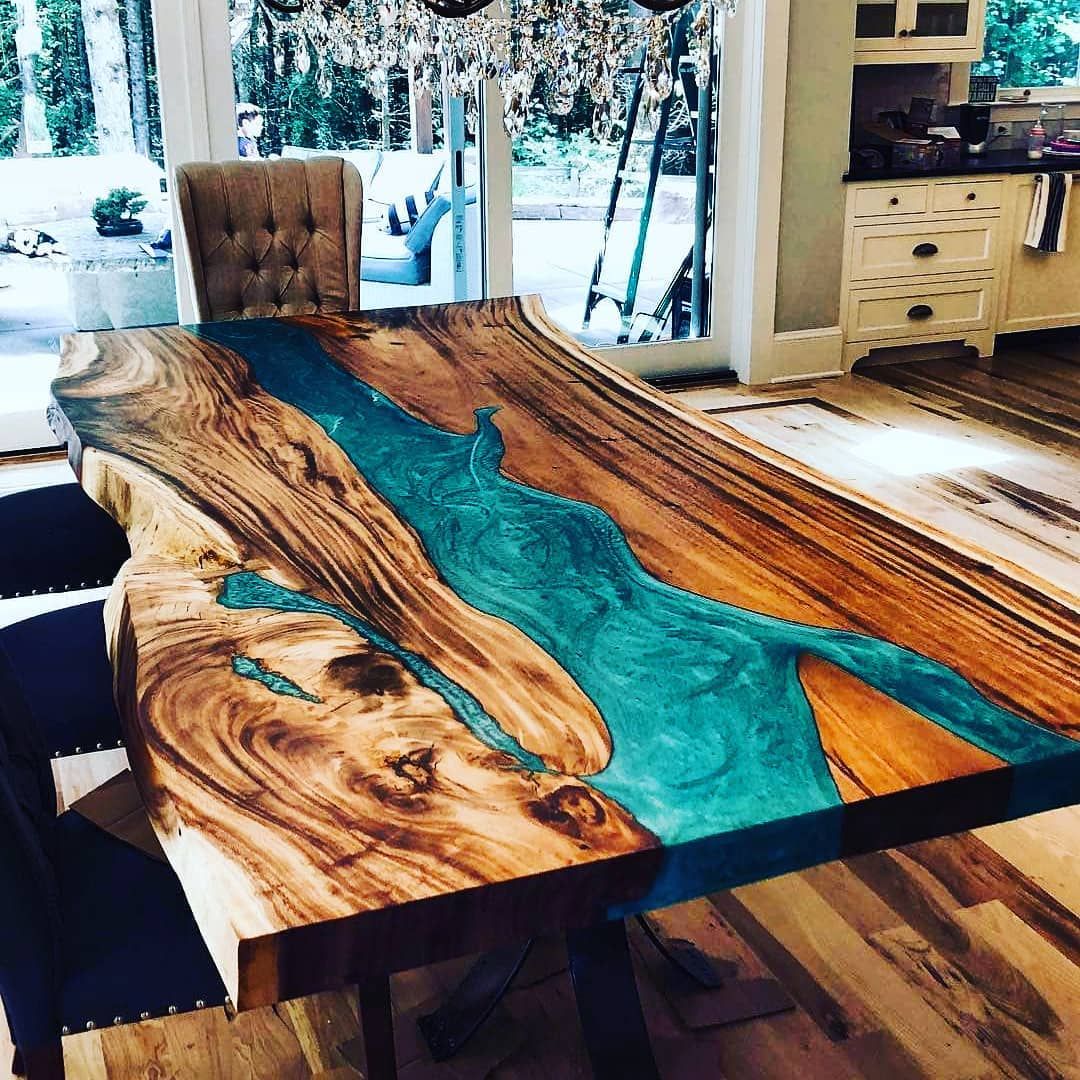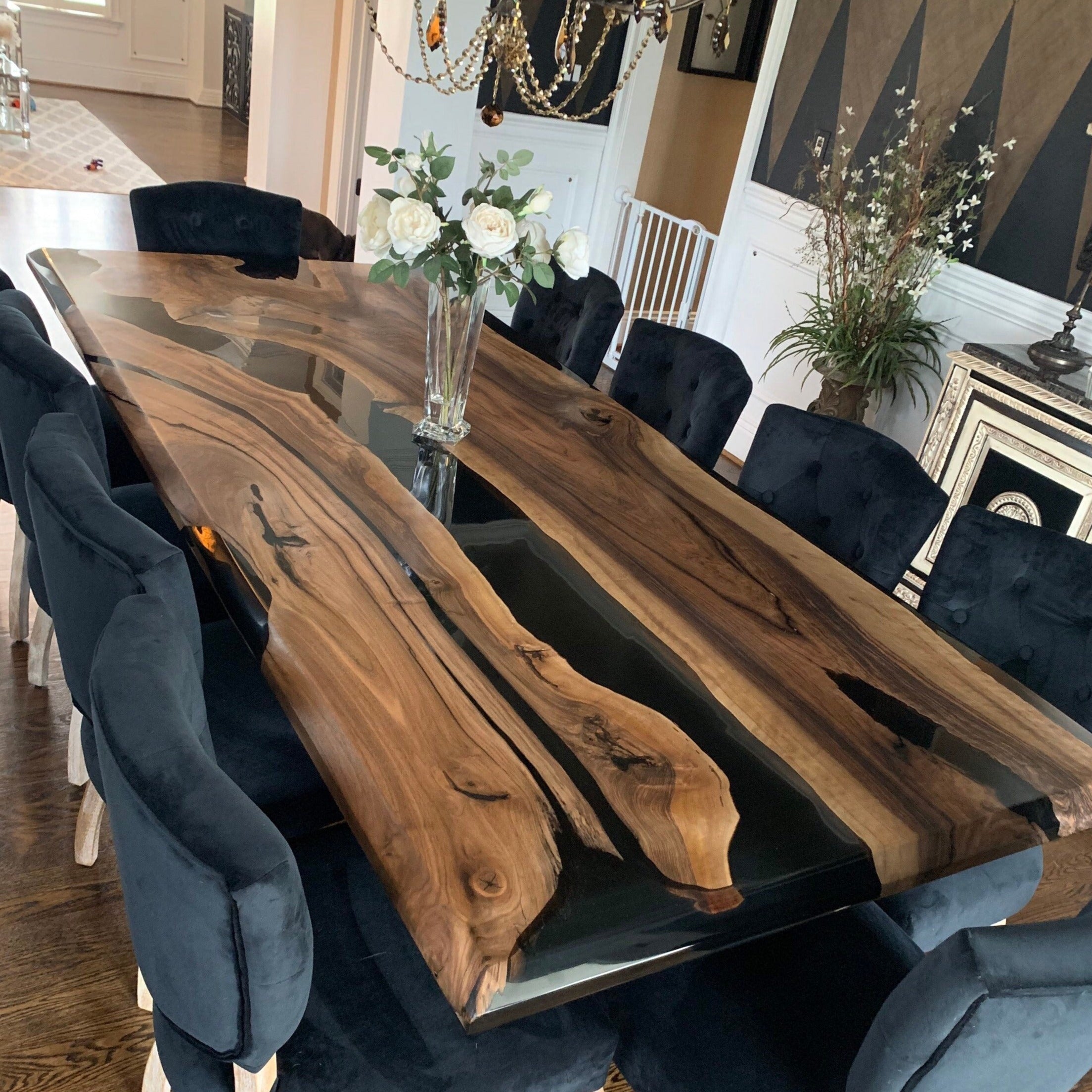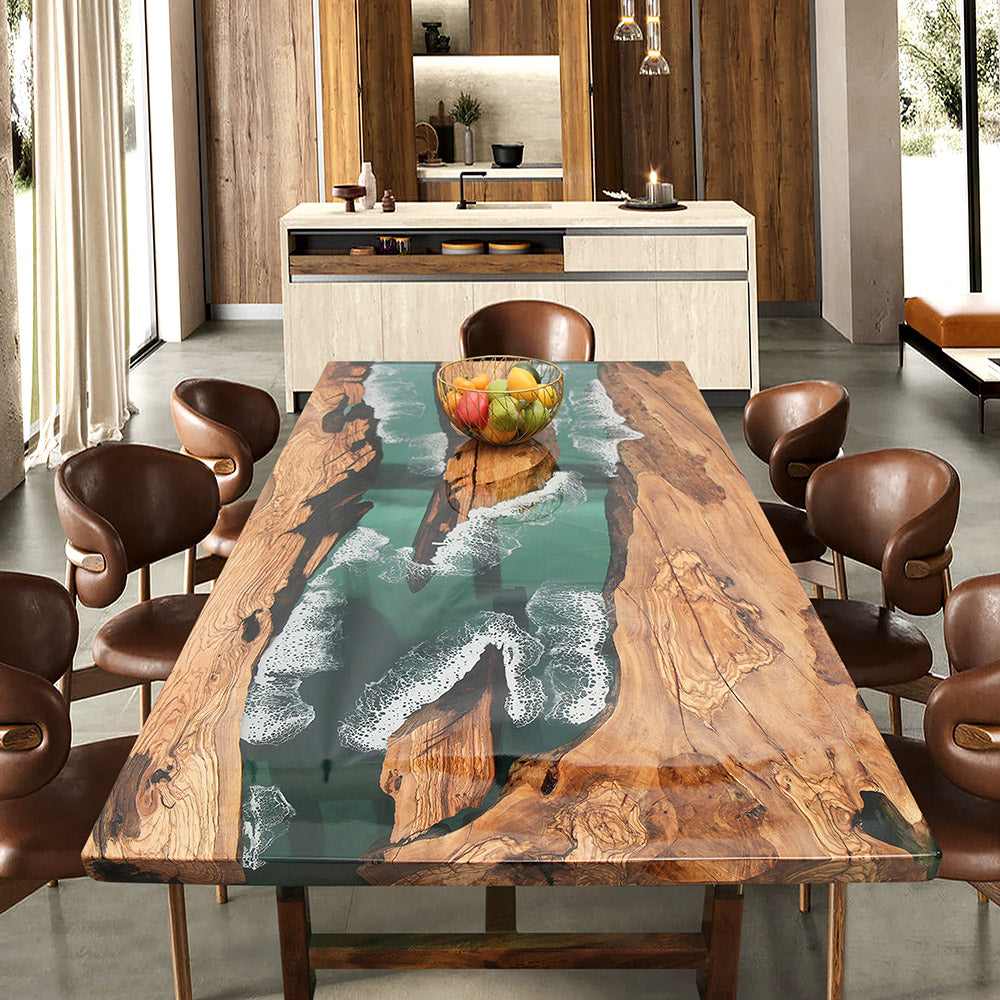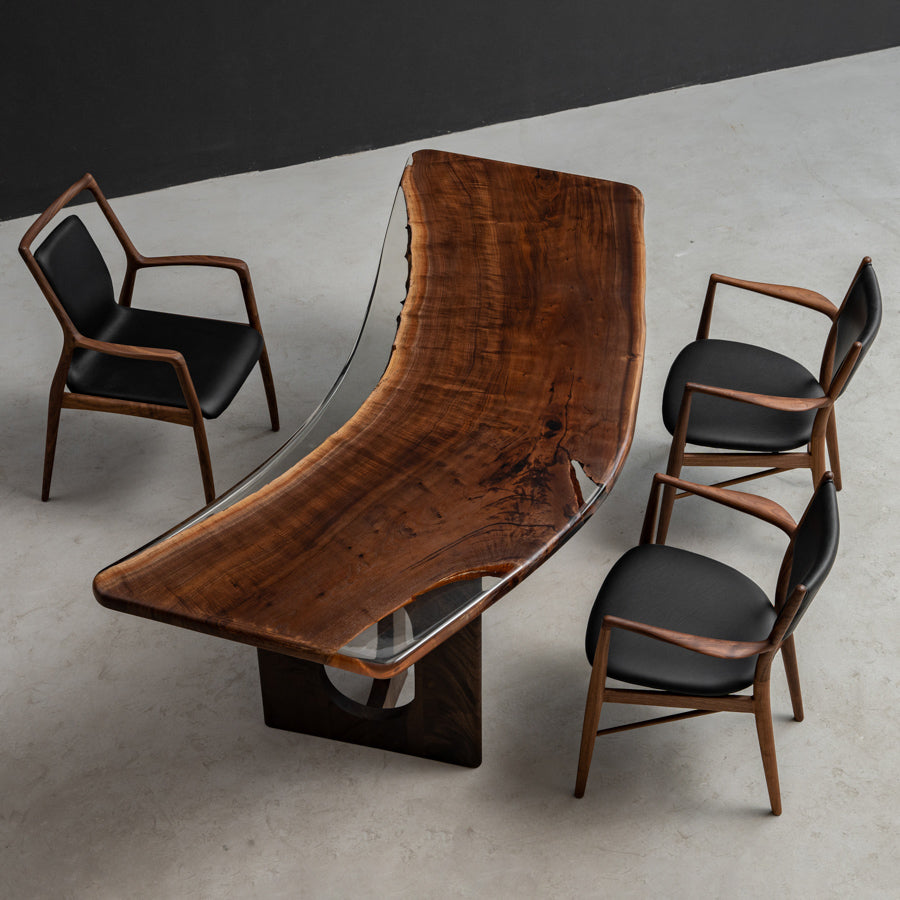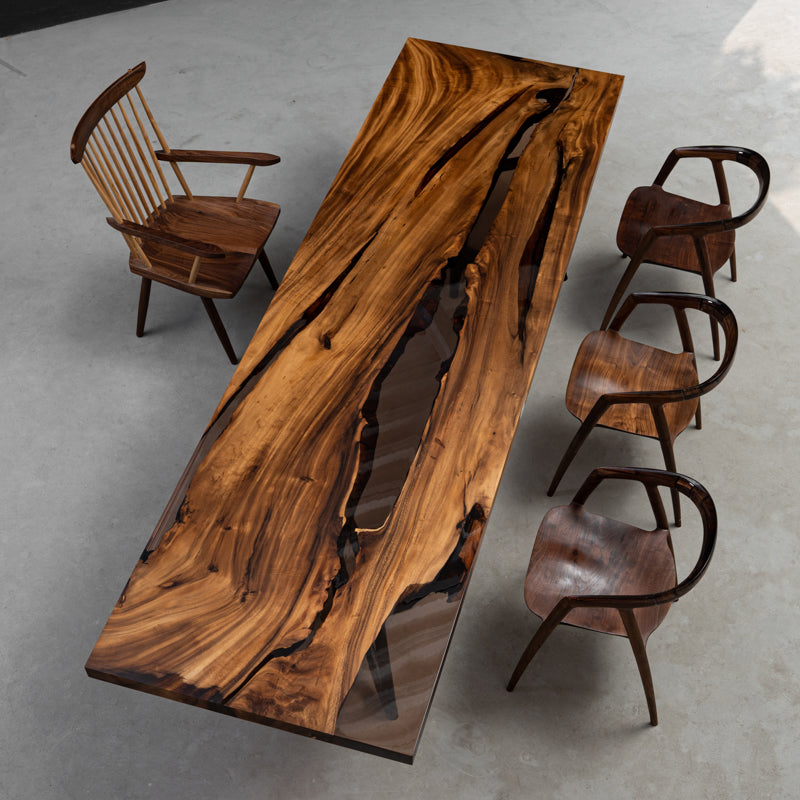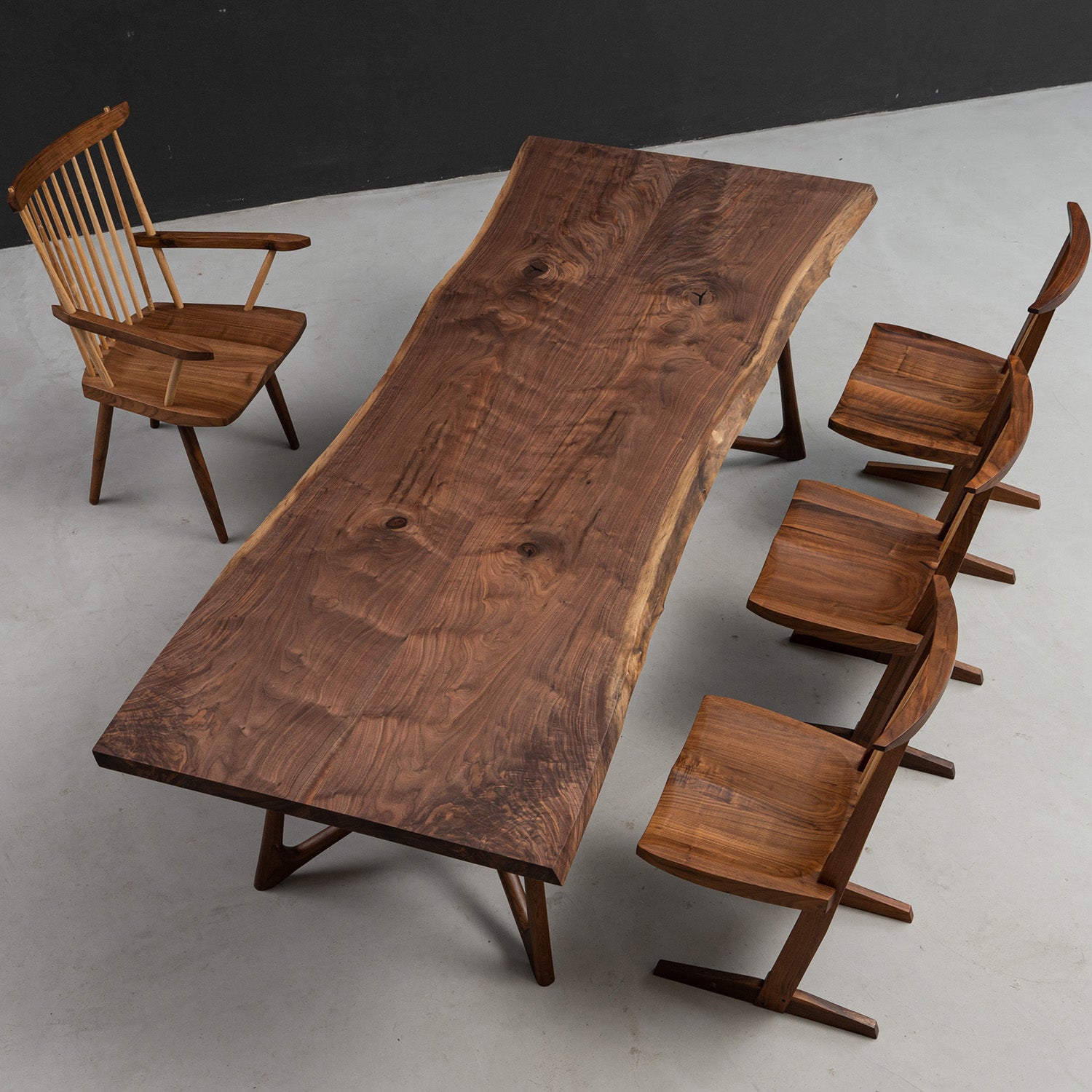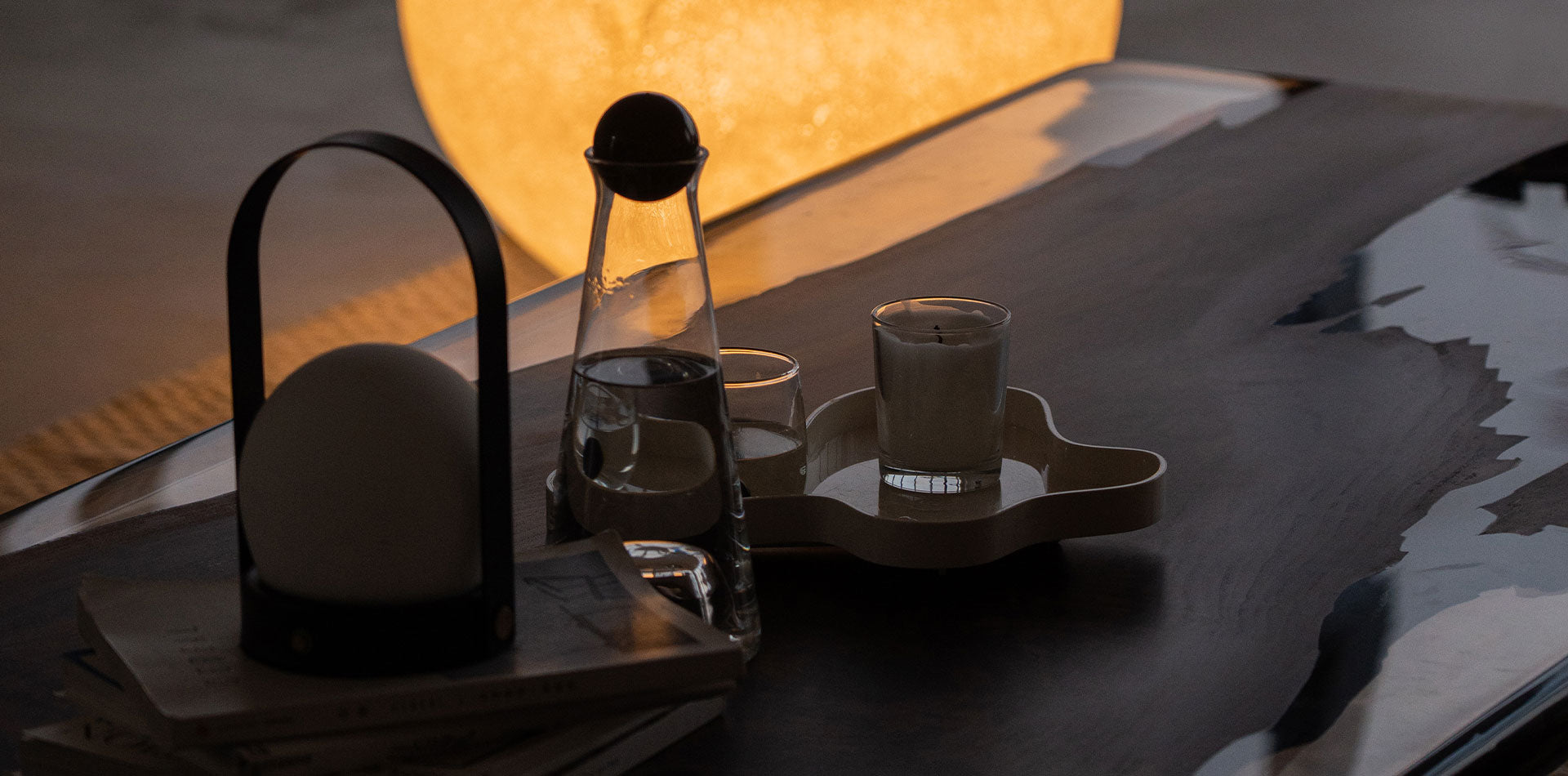
In recent years, epoxy resin wood tables have gained popularity due to their unique artistic appeal, durability, and the seamless fusion of modern and natural elements. The combination of wood and epoxy resin creates a dynamic contrast, making these pieces a perfect choice for anyone seeking to add character and sophistication to their interior decor. Their versatility allows them to fit into a variety of styles, from rustic to contemporary, while adding a touch of elegance to any room.
However, with the wide variety of products available in the market, consumers often face many pitfalls when purchasing these tables. A slight mistake could result in buying a low-quality product with a short lifespan. To help consumers make informed decisions, this blog will discuss the four common pitfalls to avoid when buying epoxy wood tables, ensuring that the product you choose is both beautiful and functional.
Pitfall 1: Choosing Low-Quality Resin, Leading to Yellowing and Cracking
Issue Analysis
The quality of the epoxy resin directly affects the transparency, durability, and visual appeal of the table surface. Some manufacturers use low-quality resin materials to reduce costs, which results in a product with lower transparency that is more prone to yellowing, cracking, or bubbling when exposed to UV light, thus affecting its appearance and durability.
Correct Buying Approach
Choose high-quality transparent or translucent epoxy resin that is UV-resistant to avoid yellowing over time.
Pay attention to the resin brand—reputable brands like Ecopoxy, ProMarine, and TotalBoat offer better transparency and durability. Avoid using cheap industrial-grade epoxy resin.
Check the thickness of the resin layer—too thin a layer can be brittle, while a layer that is too thick may create bubbles during curing, affecting both aesthetics and stability.
Pitfall 2: Unprocessed Wood, Leading to Warping and Cracking
Issue Analysis
If the wood used in the epoxy wood table has not been kiln-dried, it may contain high moisture content. Changes in environmental humidity could cause the wood to warp, crack, or bow, severely impacting its longevity.
Correct Buying Approach
Ensure that the wood’s moisture content is between 8%-12% for stability.
Select high-density, stable hardwoods such as Black Walnut, Walnut, or Ash; untreated softwoods are more prone to environmental impact.
Inspect the wood’s surface for any visible cracks, pest damage, or rot to ensure its quality.
Pitfall 3: Poor Adhesion Between Resin and Wood, Leading to Layer Separation and Peeling
Issue Analysis
The bond between the resin and the wood is critical to the durability of the table. If the adhesion is poorly done, the resin may crack, peel, or even detach entirely during use, severely impacting the experience.
Correct Buying Approach
Examine the joint between the resin and wood—if there are noticeable gaps or bubbles, the bonding process may be subpar.
Ask the manufacturer if they use vacuum degassing technology to ensure there are no excess bubbles inside the resin, which improves adhesion.
Choose products that use layered pouring techniques to ensure a stronger bond between the resin and wood, minimizing the risk of cracking.
Pitfall 4: Inadequate Surface Polishing and Finishing, Affecting Feel and Visual Appeal
Issue Analysis
A high-quality epoxy wood table requires meticulous polishing and finishing to ensure the surface is smooth and glossy. Some lower-quality products may skip this essential process, leaving the surface with a gritty feel, scratches, or incomplete curing of the resin, affecting both tactile and visual appeal.
Correct Buying Approach
Choose products that have undergone multiple stages of sanding (typically using 400 to 3000 grit sandpaper) to ensure a smooth, refined surface.
Pay attention to the final finish—premium products typically feature a glossy finish or matte finish, providing superior visual effects.
Touch the surface—high-quality tables should not feel rough, and they should have waterproof, stain-resistant, and scratch-resistant properties.
In conclusion, when purchasing an epoxy wood table, it is crucial to ensure that both the quality and design meet your requirements. Start by selecting high-quality transparent epoxy resin, which guarantees a clear, beautiful surface and avoids yellowing or cracking over time. Next, opt for kiln-dried wood to ensure its stability and prevent deformation or cracking due to changes in humidity. The adhesion between the wood and resin should be firm, avoiding peeling or separation. Finally, the table should undergo detailed polishing and finishing to ensure it is smooth and flawless. By considering these key factors, you can purchase an epoxy wood table that combines aesthetic value with durability, perfectly enhancing the overall design of your home space.

